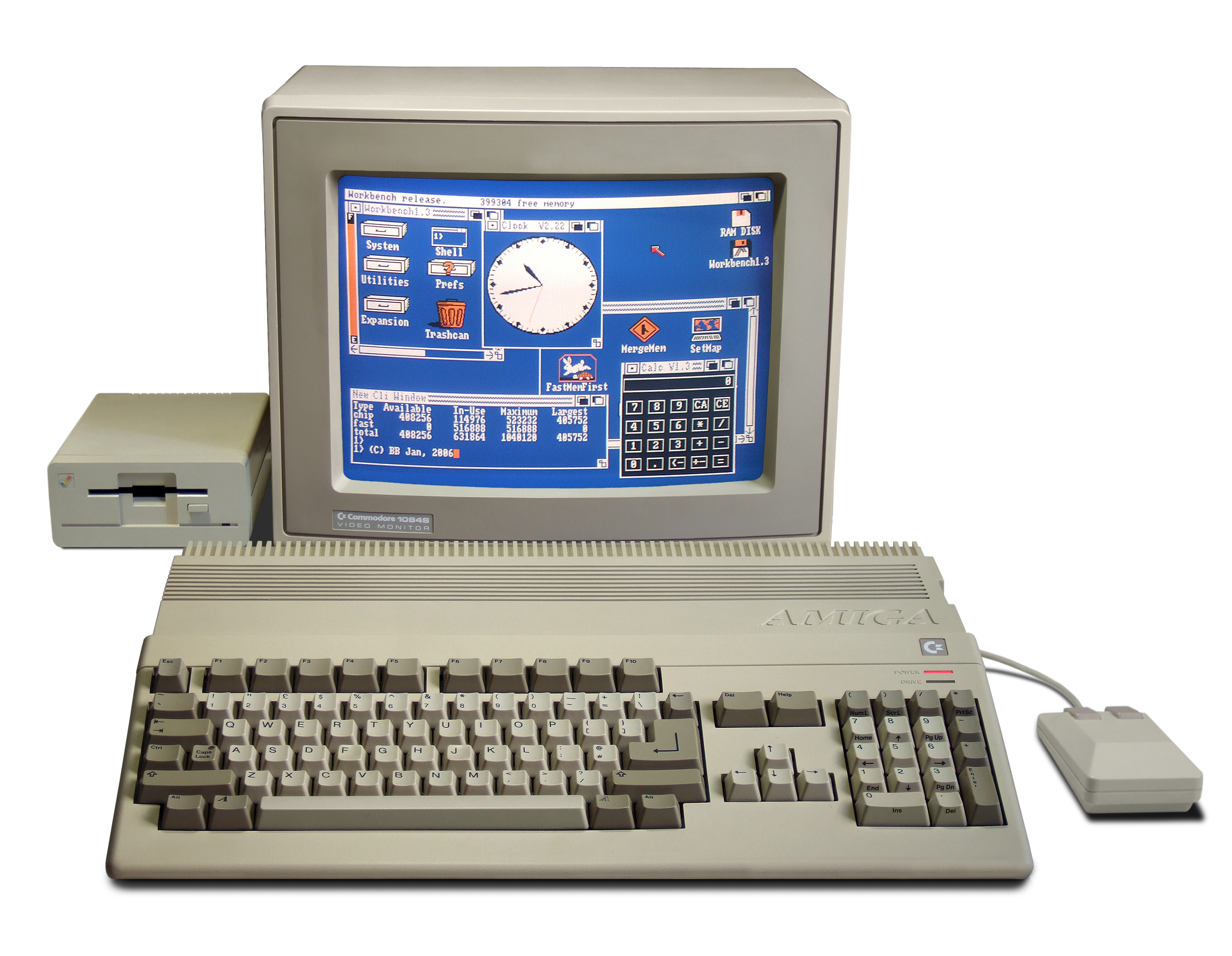Baud (final Prototype) Mac OS
The most comprehensive list of manufacturing terms, definitions and Acronyms on the internet. Also, your old terminal should be set at 9600 baud. If you use 19200 baud instead, use serial.19200. Final step: next time you reboot with your old terminal properly connected and configured for. The classic Mac OS (System Software) is the series of operating systems developed for the Macintosh family of personal computers by Apple Inc. From 1984 to 2001, starting with System 1 and ending with Mac OS 9.The Macintosh operating system is credited with having popularized the graphical user interface concept. It was included with every Macintosh that was sold during the era in which it was.
- Baud (final Prototype) Mac Os Sierra
- Baud (final Prototype) Mac Os Catalina
- Baud (final Prototype) Mac Os Sierra
- Baud (final Prototype) Mac Os Update
- Baud (final Prototype) Mac Os 11
Baud (final Prototype) Mac Os Sierra
One of the most exciting announcements at the WWDC 2020 was Apple’s plans to transition away from Intel chips on Macs to custom ARM-based processors similar to the A-series chips used in iPhones and iPads. So we thought it would be fascinating to look at the history of processors on the Mac over the last 36 years ever since the iconic first Macintosh.
1984-1995: Motorola 68 K
The 1984 Apple Macintosh computer had an 8 MHz Motorola 68000 CPU. While in development, an early Mac prototype used an 8/16-bit Motorola 6809 CPU. But after a designer noticed the impressive graphics routines that were being created for the 68000-based Apple Lisa, the more expensive 16/32-bit 68000 was chosen.
While the Apple Lisa used only a 5 MHz 68000, the new Mac prototype could run at 8 MHz. This appealed to Steve Jobs, who was eager to upstage the Lisa team.
Over the following decade, every Macintosh used successors of the 68000, including the pure 32-bit 68020, 68030, and 68040 chips. These got faster and more complex over time. On the whole, at least 72 different Macs used 68k CPUs, with the last one being the PowerBook 190 in 1995.
1994-2005: Power PC

In the late 1980s, new trends began taking over the computing industry, overshadowing the legacy CPU architectures.
Apple partnered with IBM and Motorola to design a common CPU platform that could rival the “Wintel” (Microsoft-Intel) domination.
The Power Macintosh 6100 used the PowerPC architecture, following which around 87 different Mac models used the same.c Cock speeds increased from 60 MHz all the way up to 2.7 GHz, which was remarkable for that era. The final Apple PowerPC model was released back in November 2005.
2006-Present: Intel x86
At WWDC 2005, Apple announced its transition to Intel chips, and the first Intel Macs were announced in early 2006. These included an iMac and the MacBook Pro, which boasted almost four-fold enhanced performance from their predecessors.
Further, starting from Mac OS X 10.4.4, Apple included an advanced emulation technology called Rosetta that would help maintain software compatibility between generations.
Soon, programs began being available as universal binaries that could run on both PowerPC and Intel Macs. As the transition to x86 eventually came a full circle, Rosetta was removed from Mac OS X 10.7 Lion going forward.

So far, about 80 Mac models have featured intel CPUs. But this long run might be coming to an end in 2021, or even late 2020, as rumors of ARM-based Macs are doing the rounds. What impact will this have on the future? We can only speculate.
Baud (final Prototype) Mac Os Catalina
Why ARM?
Apple Silicon is slated to make Macs even better, taking performance and energy efficiency to whole new levels. The company is more than equipped to succeed in this endeavor thanks to its work on the iPhone, iPad, and Apple Watch, all of which have custom-designed chips.
Baud (final Prototype) Mac Os Sierra
Like the iPhone, which has always stood out from other smartphones for its deep and seamless integration between software and hardware, ARM-based Macs will do the same.
Baud (final Prototype) Mac Os Update
They will boast the gold standard of security and enhanced graphics capabilities in pro apps and games.
Further, it will probably be cheaper for Apple to produce their own chips instead of relying on Intel. These cost-savings could be pushed to consumers in the form of cheaper Macs if Apple decides to go that way.
But What About Current Macs?
If you already own an Intel-powered Mac, no need to worry as Apple will continue to release software updates for current devices for years to come. At the same time, users will be able to run Intel apps on Apple Silicon Macs, thanks to a background translation process, Rosetta 2.
Baud (final Prototype) Mac Os 11
Exciting Times to Come!
The history of the processors that power Macs is indeed a fascinating one and the future will be even more so. The advent of Apple Silicon is set to bring interesting new developments in the tech world, and we’re excited to see what the future holds!
READ MORE: